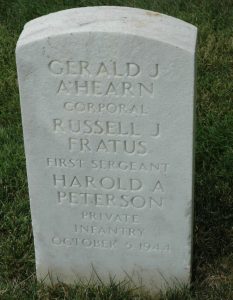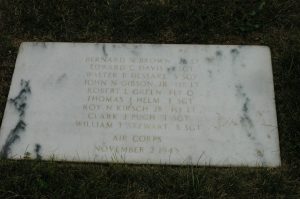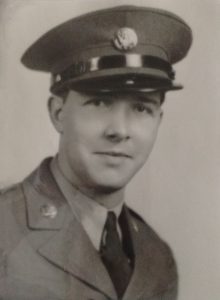Knowles, Frank Harrison
Army Sergeant
Frank Harrison Knowles, age 41, from Massachusetts, Middlesex county.
Service era: Korea
Date of death: Thursday, November 2, 1950
Death details: During the last week of October 1950, Republic of Korea (ROK) Army forces under the control of the U.S. Eighth Army were advancing deep in North Korean territory, approaching the Yalu River on the Chinese-Korean border. Chinese Communist Forces (CCF) struck back in a surprise attack, engaging the ROK 1st and 6th Divisions near Unsan, some sixty miles north of Pyongyang. The U.S. 1st Cavalry Division, with the 8th Cavalry Regiment in the lead, was rushed forward to reinforce the ROK units in the Unsan area. On November 1, the regiment’s 1st Battalion took up positions north of Unsan, while the 2nd Battalion moved to guard the Nammyon River valley west of town, and the 3rd Battalion was placed in reserve at the valley’s southern end. Sergeant Frank Harrison Knowles, who joined the U.S. Army from Massachusetts, was a member of Battery C, 99th Field Artillery Battalion, 1st Cavalry Division. On November 1, 1950, Battery C was positioned just south of Unsan to provide support to the 8th Cavalry units in the area. By midnight, the 8th Cavalry was ordered to retreat to Ipsok, North Korea, to avoid encirclement. The 99th Field Artillery was ordered to provide cover before withdrawing itself, with the 8th Regiment?s 3rd Battalion following behind. Several members of Battery C, along with the 3rd Battalion, were caught behind enemy roadblocks on the road south from Unsan. Cut off from allied forces, these men formed a defensive perimeter that withstood enemy attack for several days before being overrun. Survivors either surrendered or broke out and attempted to evade capture. Sergeant Knowles, according to POW repatriates, died of wounds after the battle while a prisoner. His remains have not been recovered. Today, Sergeant Knowles is memorialized on the Courts of the Missing at the National Memorial Cemetery of the Pacific.
Source: National Archives, Defense POW/MIA Accounting Agency



